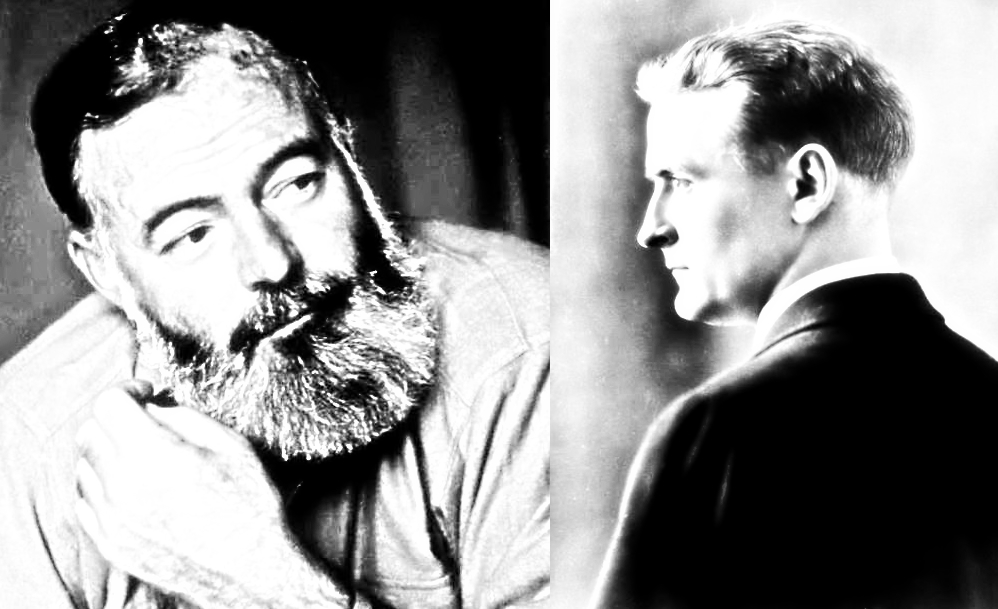It’s kind of funny, but when you think about it: a pumpkin is just a pumpkin. A fruit with a million different recipes associated with it.
But, a jack-o-lantern, although just a carved pumpkin, is something altogether different that carries with it a deeper connotative meaning and a bit of denotative folklore.
Today, we examine the word jack-o-lantern: it’s definition, the folklore surrounding them, and what they have been carved from. It will be important to learn these things, as jack-o’-lanterns play a major role in the theme of Ray Bradbury’s The Halloween Tree. For us as readers, jack-o’-lanterns may be one of the most important objects representing the Halloween tradition in the modern American family.
Definition
To start, a jack-o’-lantern can be defined as “a lantern made of a pumpkin, usually cut to resemble a human face,” and also “a large, orangish gill fungus that is poisonous and luminescent” (Merriam-Webster). Similarly, other sources define a jack-o’-lantern as “a light made from a hollow pumpkin with holes cut into the sides to resemble a person’s face, inside of which there is a candle” (Cambridge).
Additionally, “Jack with the lantern” or “Jack of the lantern” refers to “a man with a lantern or a night watchman,” and “the British often called men whose names they didn’t know by a common name like Jack” (Merriam-Webster). The term also refers to the aforementioned “Jack with a lantern” or “the ignis fatuus which flits about bogs and often leads travelers to destruction” (Dixon).
These are a few “stock” definitions that describe what a jack-o’-lantern is, but the lore of jack-o’-lanterns goes much deeper.

Folklore
Every jack-o’-lantern comes with the heavy weight of folklore, specifically Irish folklore. Back in the mid-1800s, children would carve jack-o’-lanterns out of vegetables and place candles inside to create a haunting visage around Halloween (Dictionary). This tradition added a unique touch to the season.
There is also a story about the name “jack-o’-lantern” and its origin in Irish tradition. According to legend, a blacksmith named Stingy Jack and the Devil were having a drink, but Jack didn’t want to pay when their drinking session was over. He convinced the Devil to turn into a coin to pay, and then Jack trapped the Devil near his pocketed cross. Later, Jack again trapped the Devil, this time up a tree, by carving a cross into the bark.

However, after Jack died, part of his bargain with the Devil was revealed: the Devil could not take Jack’s soul, as per one of their agreements. Additionally, the Lord would not allow Jack into Heaven due to his questionable life on Earth. So, Jack was kept out of both Heaven and Hell, forever wandering the Earth with a solitary coal to guide him through the dark. Jack “put the coal into a carved-out turnip and has been roaming the Earth with it ever since” (History).
Types of Jack-o’-Lanterns and Modern Use
Depending on where you live, jack-o’-lanterns were carved from a variety of different fruits and vegetables in the past:
- In Ireland and Scotland, people carved faces into turnips and potatoes.
- In England, people carved jack-o’-lanterns from large beets.
Moreover, in Ireland, “people cut out heads and faces of turnips and hid them in the hedgerows as a prank during Hallowe’en” (which may possibly be a better explanation for the jack-o’-lantern’s genesis). Things changed when immigrants came from overseas to the US, where pumpkins became the next best thing.
Conclusion
Jack-o-lanterns are an important function of the season. They provide an easy decoration and also a chilling image of the connotative, spiritual power of the holiday. They also remind us to stop and reflect on why we celebrate certain aspects of the Halloween, because, after all, a pumpkin may be just a pumpkin, but when we cut it wide open…we have symbolically embraced a whole world of folklore and tradition.
Works Cited
Dixon, J.M. “Dictionary of Idiomatic Phrases.” T. Nelson & Company, 1891.
Editors. “How Jack O’ Lanters Originated in Irish Myth.” History. Sept. 28, 2023. Web. https://www.history.com/news/history-of-the-jack-o-lantern-irish-origins
Fowler, Julian. “Turnip battles with pumpkin for Hallowe’en.” BBC.co. Oct. 28, 2005. Web. http://news.bbc.co.uk/2/hi/uk_news/northern_ireland/4383216.stm
“Jack-o’-lantern.” Merriam-Webster. Web. https://www.merriam-webster.com/dictionary/jack-o’-lantern
“Jack-o’-lantern.” Cambridge Dictionary. Web. https://dictionary.cambridge.org/us/dictionary/english/jack-o-lantern
“Who is ‘Jack’ in the term ‘Jack-o’-lantern’?” Dictionary.com. Oct. 19, 2021. Web. https://www.dictionary.com/e/jack-o-lantern-name/







